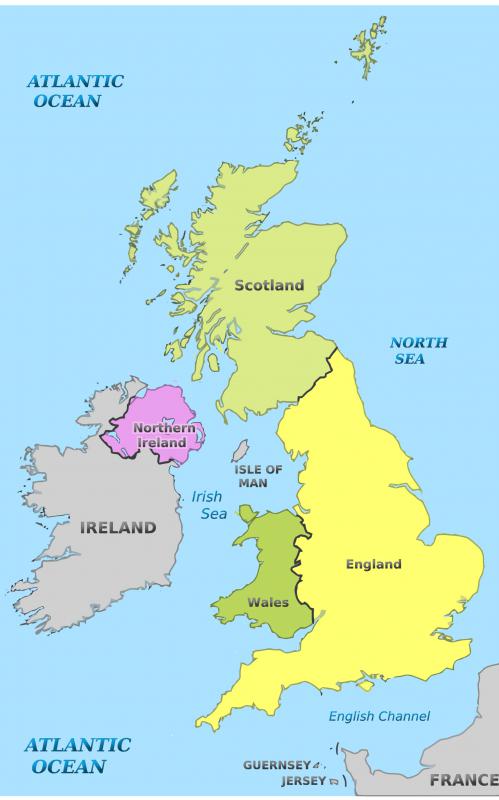At HomeQuestionsAnswered, we're committed to delivering accurate, trustworthy information. Our expert-authored content is rigorously fact-checked and sourced from credible authorities. Discover how we uphold the highest standards in providing you with reliable knowledge.
What is Tweed Yarn?
Tweed yarn is a type of yarn that features contrasting flecks of color on a solid background. The flecks of color are often small pieces of short fiber leftover from carding spun together with plies of another fiber. Most kinds of tweed yarn are made with wool, and many varieties are known for their rough, scratchy texture, as well as their warmth and durability. Some tweed varieties are blended with softer luxury or synthetic fibers in order to lessen the scratchiness of the yarn. Tweed yarn is available in a wide range of yarn weights, or strand thicknesses, though lace weight tweed is not as common as worsted or aran weight tweed.
There are two common types of short fiber used to make the colorful flecks found in tweed yarn. The first is called a nep, a small nub of fiber that is usually removed from spinning fiber during the carding process to avoid creating slubs, or thick lumps, in a finished skein of spun yarn. Noils are coils of fiber that are also usually a byproduct of the carding process. Coils of silk called silk noil are sometimes mistakenly referred to as "raw silk," and can be used for making yarn with a tweedy appearance due to naturally appearing flecks of color within the silk fiber. Although neps and noils are often discarded after carding, some fiber artists save and market them as a way for spinners to add textural interest to their hand spun yarns.

Sometimes, the colored flecks in tweed are created by blending two different types of fiber that absorb dye in different ways, such as wool and cotton or wool and silk. Plant and animal fibers require different dyeing processes, so the wool may be dyed without dyeing any of the cotton or silk, creating flecks of white in the yarn. Many types of tweed yarn combine the technique of spinning neps or noils into the fiber with this dyeing technique to create even greater variations in color and texture.

One of the most famous kinds of woven tweed fabric is Donegal tweed, which is made in County Donegal, Ireland. Likewise, many tweed yarns are referred to as Donegal tweed. These yarns are usually made in Ireland and spun from the wool of Irish sheep. Some tweed yarns use the term "donegal" to describe the fiber used to create the flecks of color that characterize tweed.

As tweed yarn is often coarse in texture and rugged in appearance, it is often used to create garments for men. Perhaps as a nod to the origins of woven tweed in Scotland, Ireland, and England, many knitters like to craft sweaters with complex cable patterns inspired by Celtic knots out of tweed yarn. Since most kinds of tweed contain all wool fiber, they also tend to felt well and can be used to make felted projects such as bags, slippers, or pet beds.
AS FEATURED ON:
AS FEATURED ON:













Discuss this Article
Post your comments